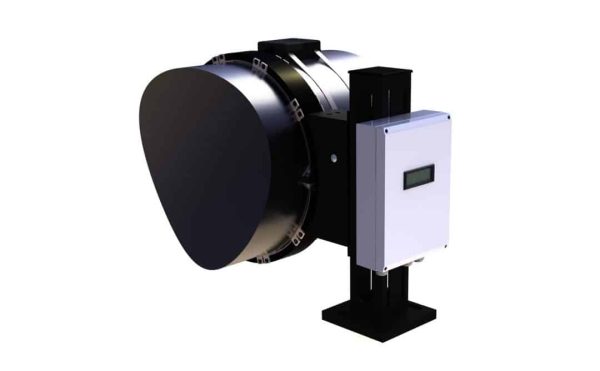Datum Wind Turbine Efficiency, Condition & Vibration Monitoring System
Product Description
Datum’s Wind Turbine Condition Monitoring System is suitable for both offshore and onshore wind turbines. Designed to monitor turbine efficiency, detect and prevent failures of generators, gearboxes and rotor bearings through highly accurate real-time condition and vibration monitoring.
Attached to the driveline of a wind turbine, e.g. between gearbox and generator, dynamic torque, shaft bending and power monitoring solution can help detect potential changes faster than most competing static systems as dynamic data provides additional benefits – staff schedules can be optimized such that repairs are carried out at an early stage, resulting in considerable savings and reduced downtime.
The majority of existing monitoring systems have static sensors mounted around the drive train, providing a great deal of information to the monitoring system. The Datum Dynamic Torque, Shaft Bending and Power Monitoring System provides another layer of data and in many cases, can detect potential changes and hence failures faster than the static system. When the rotary dynamic data is used in conjunction with the static data even more benefits are derived. The torsional data can be used as both a control input to improve efficiency and a condition monitoring input to predict failures.
Features
- Accurate Power Measurement Data
- Dynamic Torsional Data
- Dynamic Shaft Bending Data option
- 100% Contactless
- Easy to Install: Either by our own field engineers or we can provide training
- Modular Design (can fit any wind turbine shaft)
- High Instrumentation Accuracy and repeatability
- Robust Design: IP68
- Efficient Power Usage (compared to other systems)
- Maintenance Free
- No Re-Calibration
- Multiple Digital & Analogue Outputs: RS485, Rs232, Modbus, Ethernet, 0-10V, 4-20mA
- Short Lead Times
- Local USB Logging port for additional engineer Analysis
- Data Integration with Higher-Level Systems
The Datum system can be installed in a less than a day, on any drive shaft which has a clear length of over 150mm. Once installed, the data from the system can be sent via Ethernet or RS485 to the user, who can provide reports based on the drive condition, from the data obtained. Once linked, the data can be used as a key input to maintenance planning.
Due to the rapid growth of offshore renewable energy in the chase to cut greenhouse gas emissions, the maintenance and repair of wind turbines is representing a major challenge in ensuring safe and cost-effective operation of offshore wind turbines.
According to the insurance company Lloyd’s Germany, one of the biggest causes of wind turbine failure is the gearbox, accounting for over 30% of overall breakdowns. The gearbox connects the low-speed shaft to the high-speed shaft, increasing the rotational speed by about 100-200 times. Gearbox repair downtime is relatively high, especially for offshore wind turbines, which is due to the accessibility and availability being restricted by distance to the shore, weather windows and environmental conditions. Additionally, a new gearbox costs around £140,000, with a long delivery time (~6 months), not including the cost of its transportation, installation and the cost of the wind turbine being out of order for the duration.

